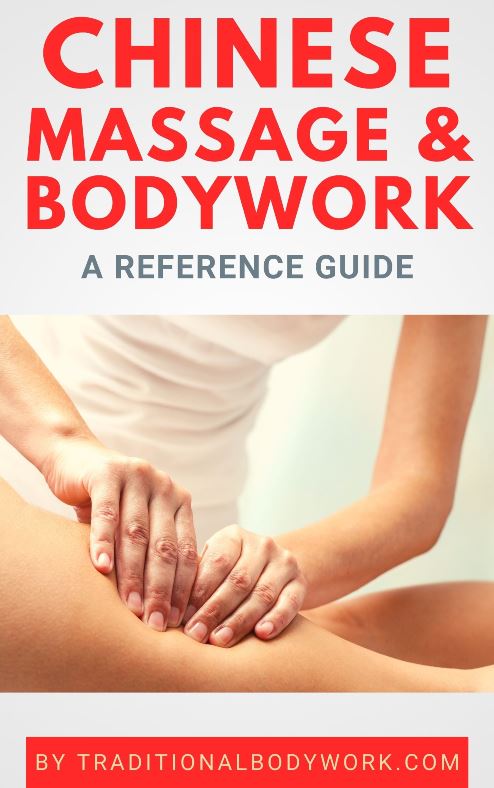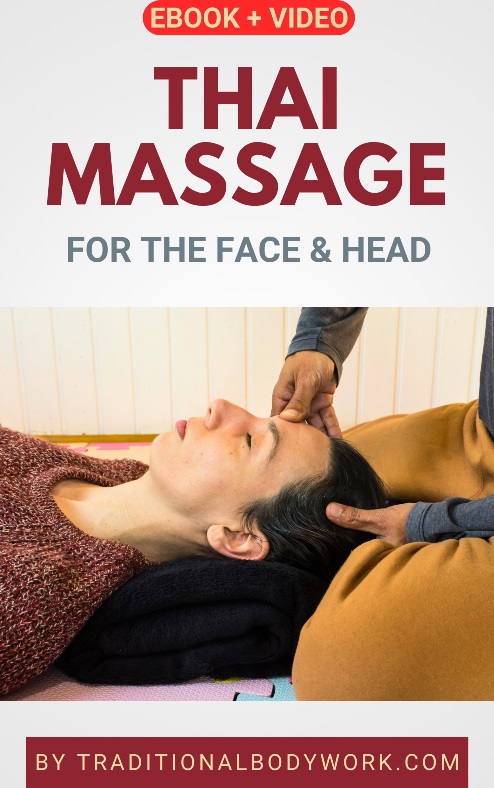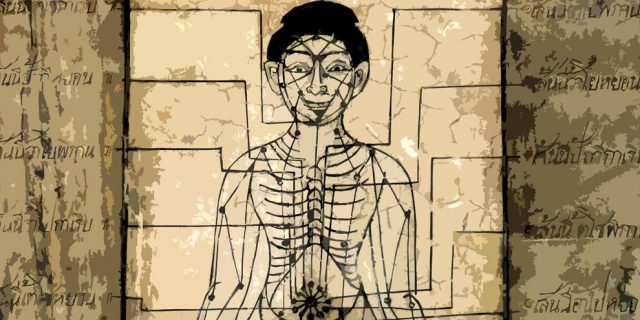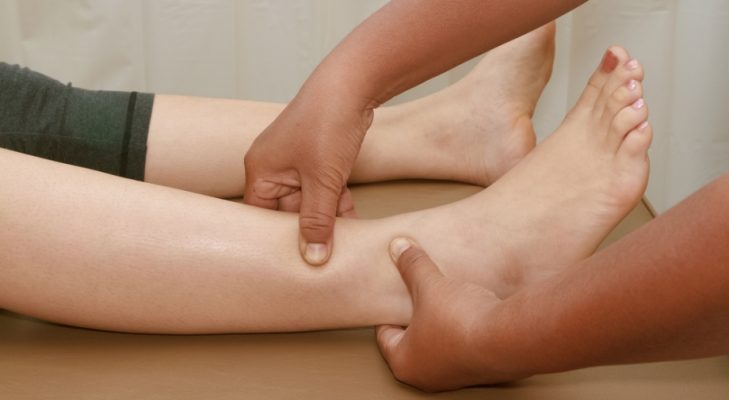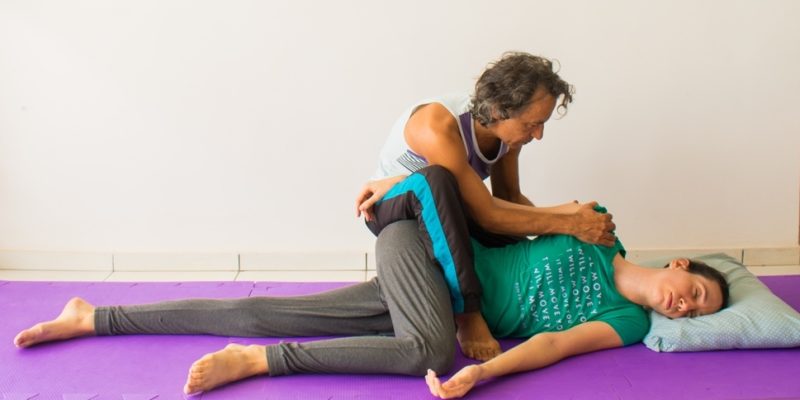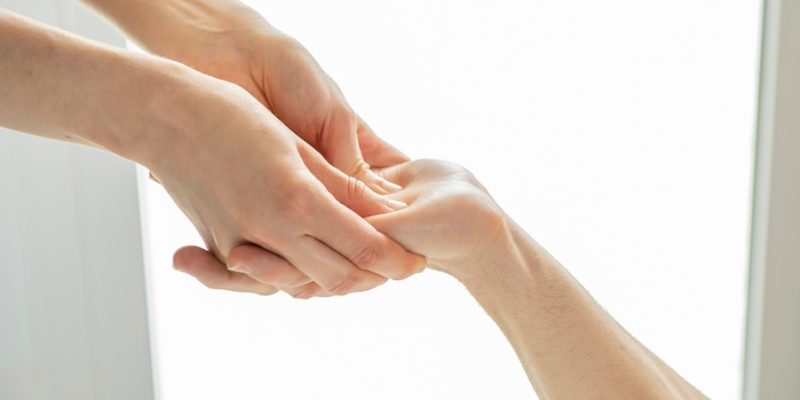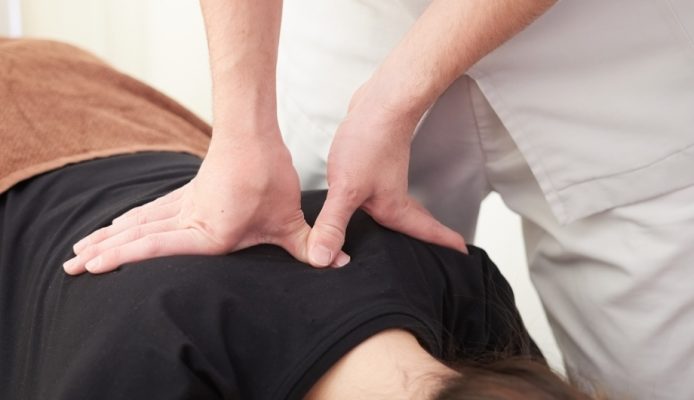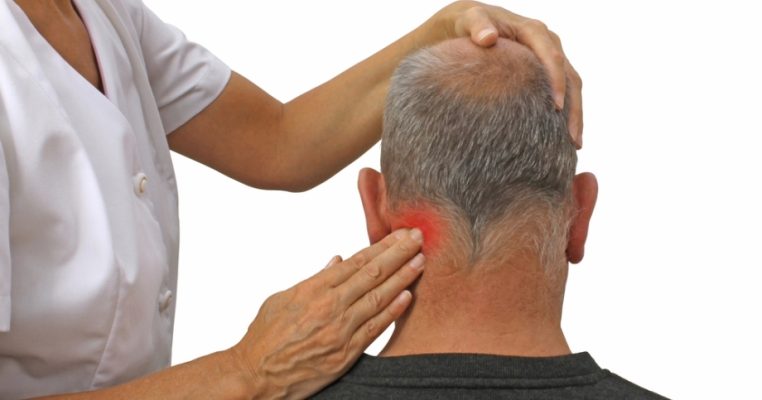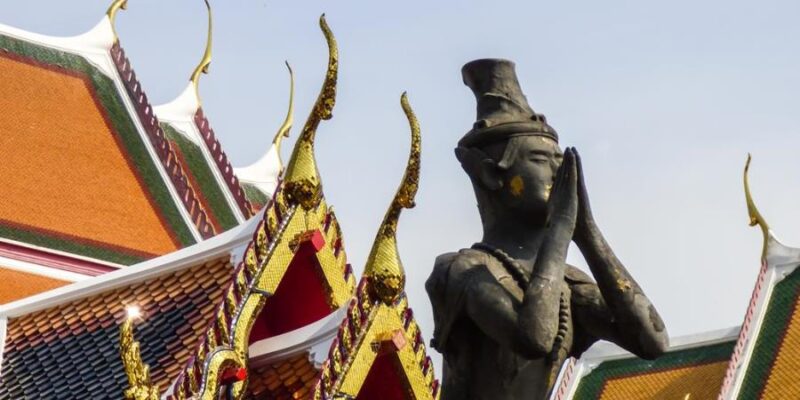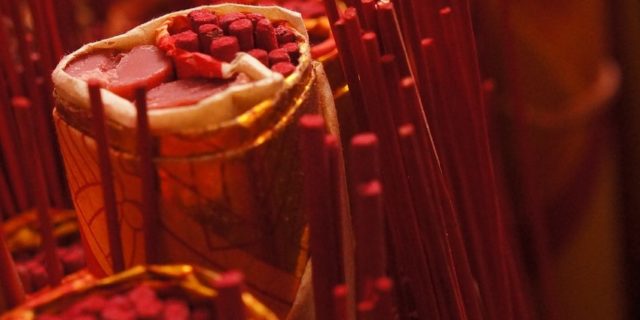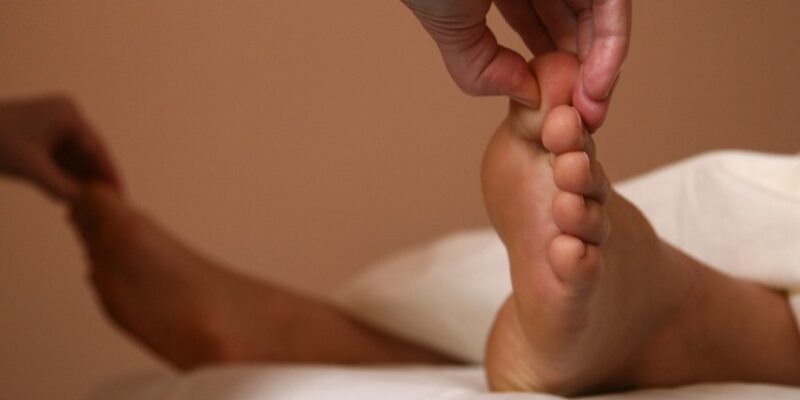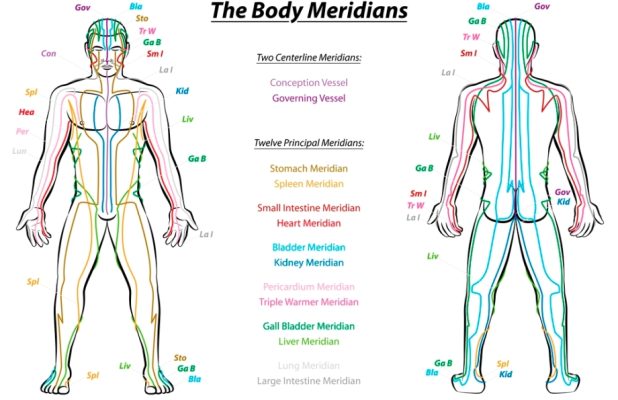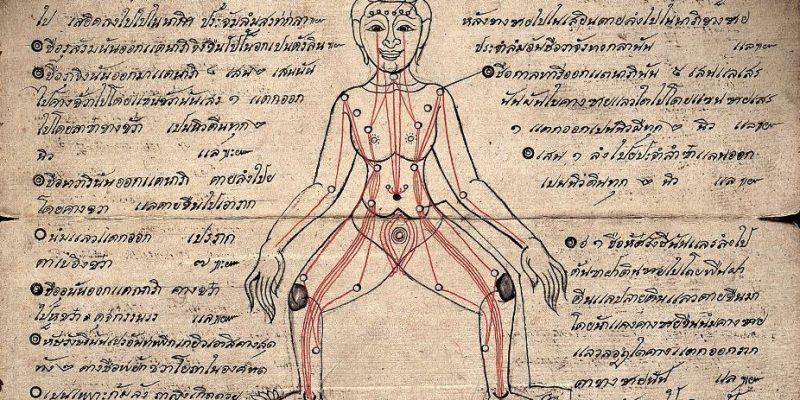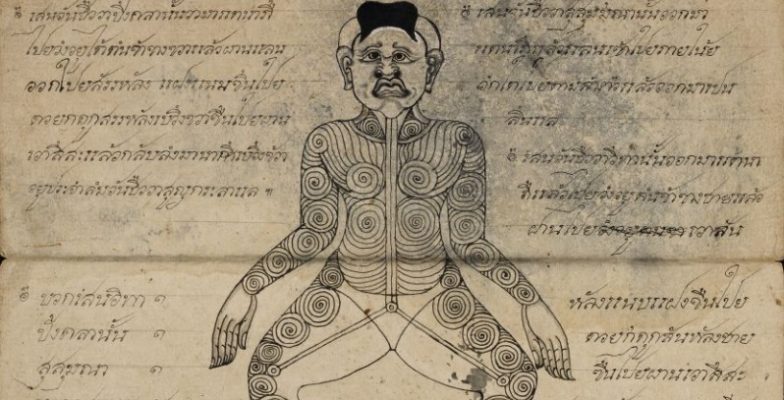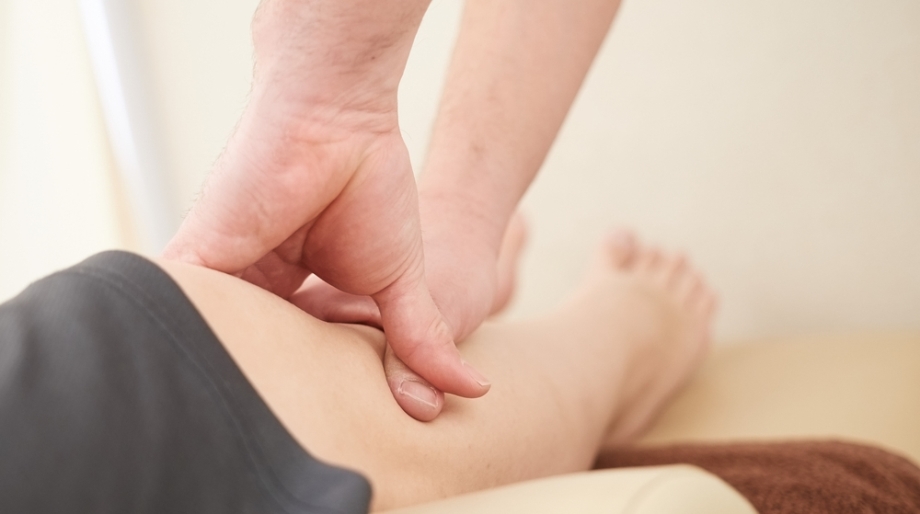
In this post, we’ll discuss the various acupressure techniques that are used in Thai Massage and how exactly to give Thai Acupressure, the latter typically being part of a therapeutic Thai Massage session.
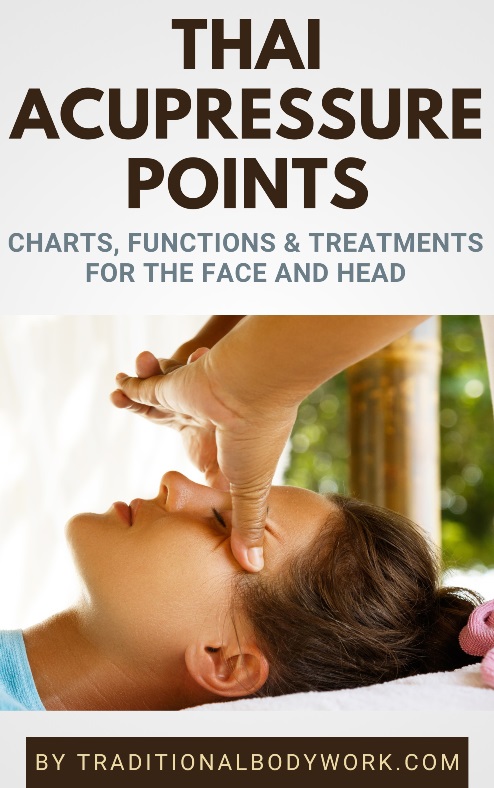
You will also find two video demonstrations in this post giving you some examples of several acupressure techniques commonly applied in Thai Massage.
At any rate, Thai Acupressure is mostly given on acupressure points that lie along the Sib Sen Energy Lines. The majority of these pressure points can be found on soft body tissues. You’ll predominantly find them between muscles, around joints, along nerves, next to bones, although likewise in depressions or openings in or between bones (the latter notably at the extremities and in the facial and cranial area).
As a rule, injuries or hyper-sensitive areas of the body will be skipped. There are also some acupressure points that are vulnerable or very sensitive (such as certain locations in the face or neck), and which should only be pressed lightly and of short duration.
Mind that Traditional Thai Massage is usually given over the clothing of the receiver (and without the use of oils or creams), and this also counts for applying acupressure. Even so, Thai Acupressure can also be given directly on the unclothed body.
Thai Acupressure is often applied with the fingers, usually with the thumbs, but it can also be given by using other body parts such as the hand palms, knuckles, elbows, feet, heels, or knees. In addition, specific tools may be used to give acupressure, such as wooden sticks, stones, and herbal compresses.
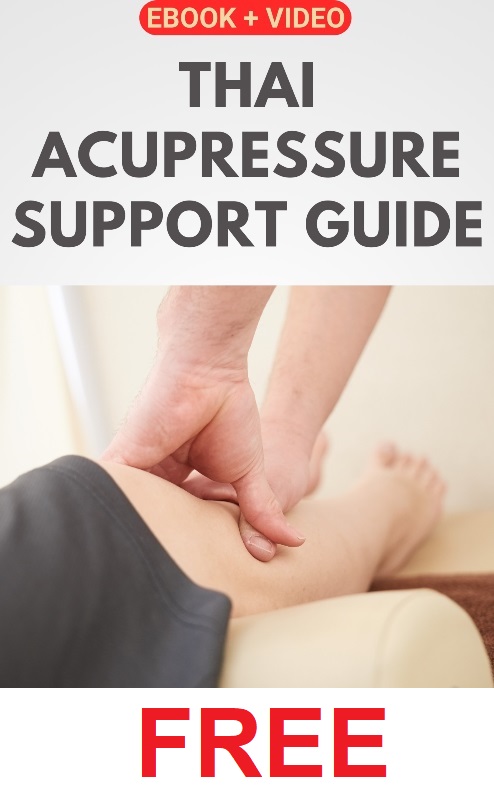
What body part, tool, or device the therapist uses to apply acupressure depends on several factors, which may include how precise acupressure needs to be on a given acupressure point (also called acupoint), the abilities and skills of the therapist, how deep or how strong one needs to manipulate the receiver’s body or the acupressure points in question, and the specific body parts or areas of the receiver that are manipulated.
In general, the pad of the thumb is used to apply pressure on a given acupoint. Nevertheless, Thai Massage therapists can use their thumbs in quite a few ways:
- For instance, pressure can be applied in a perpendicular fashion in relation to the surface of the skin or rather from out an angle (the perpendicular technique supplies more pressure),
- or one thumb may be put on top of the other while giving pressure (for more force and pressure),
- or two thumbs can be placed beside each other (parallel or with the thumb-tips touching) to cover a wider surface and to give less pressure,
- or one can give acupressure on two different pressure points on a Sen Energy Line by placing one thumb on one point and the other thumb on another pressure point.
In Thai Massage, it’s also common that the therapist will “walk along the Sen Line,” that is, give acupressure on the whole Sen Line (Energy Channel) by gradually moving from one acupoint to another on the line until the entire Sen Line has been covered. Yet, this also depends on what kind of Thai Massage therapy is given. For instance, the therapist may be working with a certain predefined acupressure protocol, which may or may not follow a complete Sen Line.
Sib Sen Lines or parts of Sib Sen Lines are usually worked on in a way-and-back fashion (or up-and-down, if you wish). In Thai Massage, there’s no specific direction that needs to be taken or first started with, although it depends on the Thai Massage lineage or teacher if there will be any rules to this.
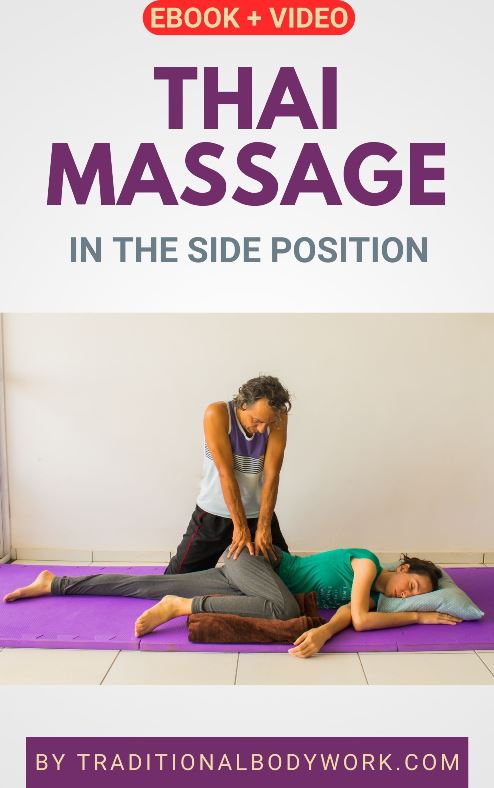
In any case, with the knuckles, elbows, knees, feet, or heels one can apply much more pressure on the receiver’s body compared to using the thumbs, but then again, the manipulation of an acupressure point will typically be somewhat less precise, besides the fact that it may be difficult to use these other techniques on certain body areas. Nevertheless, if these techniques can be used, they may be needed, for instance, if the therapist cannot sufficiently penetrate the target area or acupoint(s) with the thumbs.
What body parts or tools the Thai Massage therapist uses on what body area of the receiver may also depend on the sensitivity of the receiver and the type of body they have (muscular or not, excessive fat tissue or the opposite, etc.). Furthermore, some receivers can simply not handle deep acupressure with the thumbs (it will be too painful) and initially need a softer approach, for instance by using other fingers or hand palms, or by only applying very gentle pressure with the thumbs, or perhaps even by only using herbal compresses.
Another thing is that to know how much pressure to give on what points for which type of client and body is an ability the therapist develops due to experience. Yet, as a general rule therapists will always start gently with first-time clients and “test” how far or deep they can go with a given receiver. Usually, the receiver will “tell” you what to do or not to do through their body language and/or vocalization. That is, they will twitch, evade, tighten-up, distort their face, utter groans, or even scream, and so on if something feels “uncomfortable.”
However, therapists can help people to better “endure” acupressure by first loosen-up, soften, and warm-up the receiver’s body or the acupoints that will be treated. In fact, it’s indeed a common and advisable practice to first relax the receiver’s body before applying acupressure techniques. This can be done by first hand-palming or thumb-circling the acupoints, stretch the body or targeted body parts, or by using warm herbal compresses. During the actual session, the therapist may also guide a client to “breathe through” when acupressure is given, which may help to relax the client’s muscles and to go deeper.
Depending on the Thai Massage lineage, teacher, or massage school there are often certain rules that define how often, how much (force), and how long to press acupoints, and with what frequency during a specific period of time a treatment is repeated.
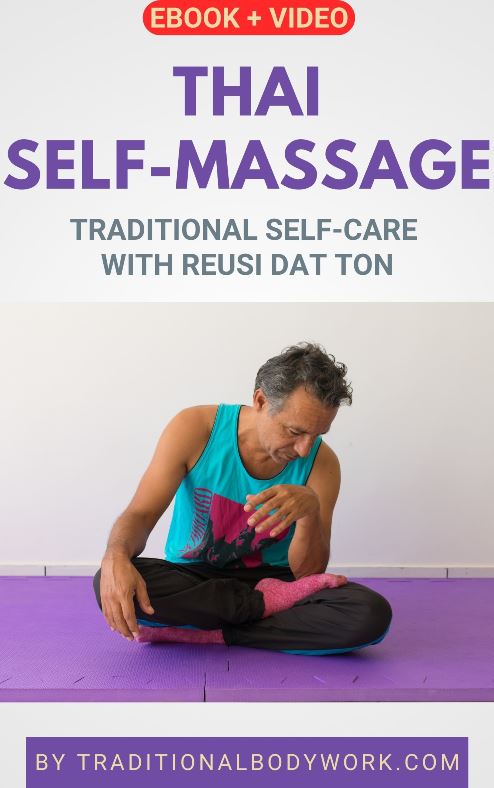
For instance, it could be that the Thai Massage teaching lineage states that each acupoint must be pressed three times or perhaps five times, while gradually increasing pressure. In addition, each acupoint may be pressed for five or ten seconds, and so on, and a pressure point should be soothed afterwards with hand-palming or thumb-circling.
In addition, one should also keep in mind that it depends on each distinct Thai Acupressure Protocol for a specific discomfort or ailment how often and how long to press certain acupressure points. An acupressure protocol treatment may be repeated every day or every week until the discomforts or pains have subsided.
Nevertheless — through experience — many Thai Massage therapists develop a “feel and intuition” for the “state” of acupressure points and how they relate to certain symptoms, knowing which to give more attention and what to do with them during a treatment of their client.
In the end, Thai Massage is rather an art and in a much lesser degree a strict science; each person is different and needs another approach, and moreover, the same person is different each time you encounter them. Just as Life Force Energy flows and is in a continuous flux, so is each and every person.



